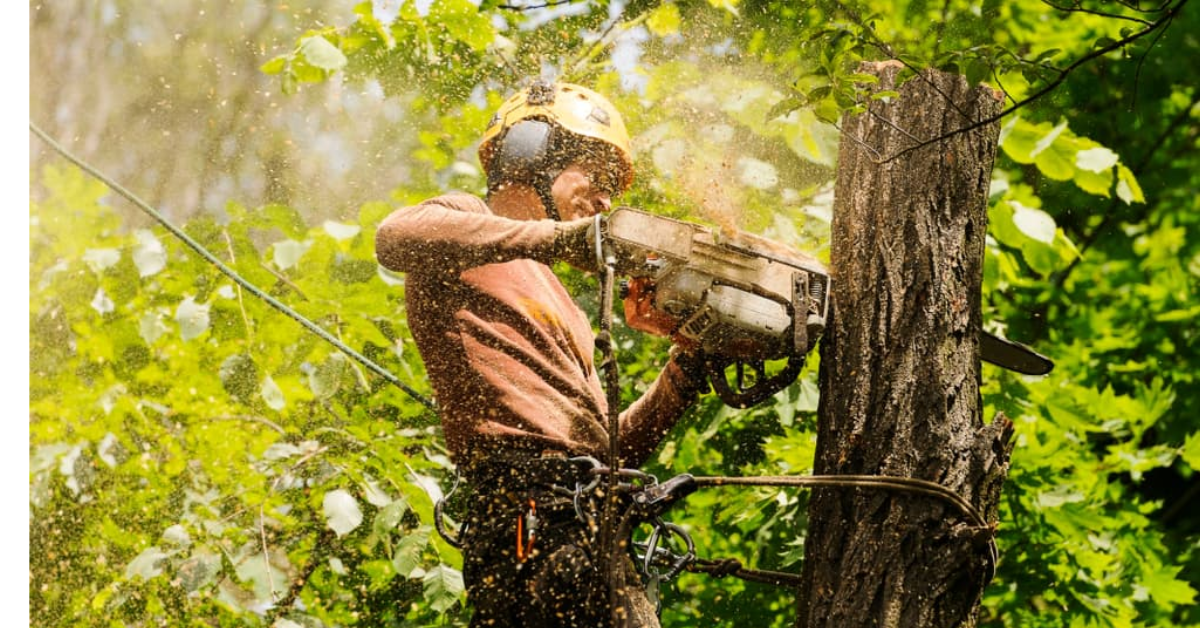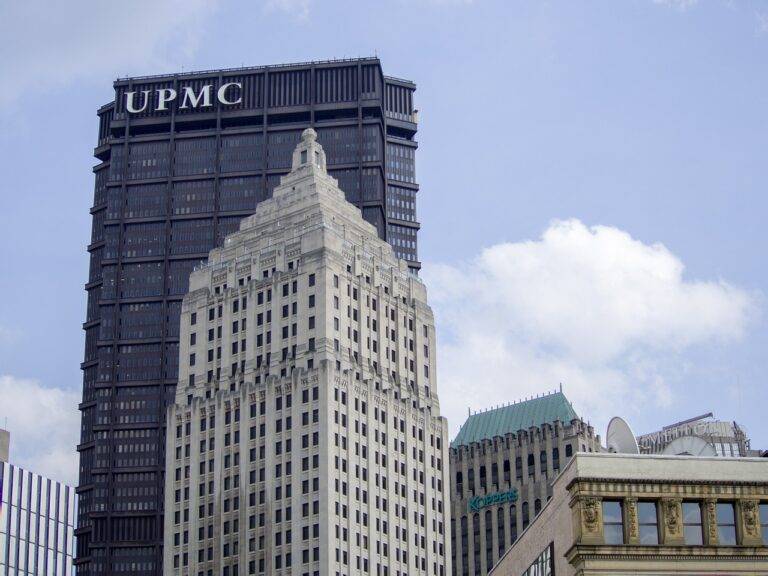Tree Logging Service: A Complete Guide for Safe and Efficient Land Clearing
When it comes to clearing land for construction, farming, or forestry management, a Tree Logging Service is an essential part of the process. Whether you’re dealing with overgrown woodlands or managing your forested property, professional tree logging ensures the safe, legal, and efficient removal of trees. For landowners, farmers, and developers, partnering with a reliable tree logging service is the smartest way to handle large-scale tree removal while preserving environmental integrity and ensuring long-term land usability.
In this article, we’ll explore everything you need to know about tree logging services, from the benefits and process to how to choose the right company. We’ll also answer some frequently asked questions at the end.
What Is a Tree Logging Service?
A tree logging service is a professional operation that specializes in cutting down trees, removing logs, and clearing forested areas. Unlike simple tree trimming or residential removal, tree logging services involve large-scale felling, often using heavy machinery, and are typically part of land development, timber harvesting, or habitat management projects.
These services are commonly used for:
-
Land development for homes or businesses
-
Agricultural field expansion
-
Timber harvesting for wood products
-
Forest thinning and fire prevention
-
Clearing storm-damaged trees from large properties
Why You Need a Professional Tree Logging Service
Hiring a professional tree logging service provides numerous advantages that go beyond simply removing trees.
Safety
Logging trees is dangerous work. Professional teams are trained in safe tree felling practices and operate with the right equipment. This reduces the risk of injury or property damage.
Efficiency
With access to powerful machinery like skidders, feller bunchers, and chainsaws, a tree logging service can clear areas in a fraction of the time it would take to do manually.
Environmental Responsibility
An experienced tree logging service understands forest ecosystems. They can selectively log trees to reduce overgrowth, improve sunlight penetration, and preserve healthy biodiversity.
Legal Compliance
In many regions, tree logging is regulated. A reputable tree logging service will be familiar with local laws, permits, and best practices to ensure compliance.
Value Recovery
Many trees removed by a tree logging service can be processed into lumber or firewood, helping landowners offset the cost of the service.
The Tree Logging Process
Professional tree logging services follow a well-structured process to ensure thorough and safe operations. Here’s a typical overview:
-
Site Assessment: The service evaluates your land to identify the type, density, and condition of the trees, and determines the best logging approach.
-
Planning and Permitting: Depending on your location, permits may be required. Your tree logging service will handle or assist with these steps.
-
Tree Felling: Using saws and machinery, trees are safely felled with attention to direction, slope, and safety zones.
-
Limbing and Bucking: Branches are removed (limbing), and trunks are cut into logs (bucking) based on size and intended use.
-
Log Removal: Logs are loaded onto trucks or skidders and transported for processing or sale.
-
Site Cleanup: Brush, stumps, and debris are cleared or mulched, leaving the site ready for your next project.
Types of Tree Logging Services
Tree logging isn’t a one-size-fits-all service. Depending on your needs, you can choose from various types of tree logging services:
-
Selective Logging: Only specific trees are removed, often for forest health or to promote natural growth.
-
Clear-Cutting: All trees in a designated area are removed, typically for development or large agricultural use.
-
Salvage Logging: Removal of trees that are dead, dying, or damaged by storms, fire, or disease.
-
Thinning: Partial removal to reduce overcrowding and promote healthier growth in forests.
Choosing the Right Tree Logging Service
Selecting the right tree logging service is critical for both safety and environmental preservation. Here’s what to look for:
-
Experience: Choose a company with proven expertise in logging and land clearing.
-
Certifications: Ensure the team is licensed, insured, and familiar with local forestry regulations.
-
Equipment: Reliable machinery ensures efficiency and minimal disruption to your land.
-
Reputation: Read reviews, ask for references, and evaluate their track record.
-
Sustainability: The best tree logging services practice sustainable forestry, minimizing damage to surrounding ecosystems.
Cost of Tree Logging Services
The cost of hiring a tree logging service depends on several factors:
-
Size of Land: Larger areas require more time, equipment, and personnel.
-
Tree Density and Type: Dense, hardwood forests take longer to clear than sparse or softwood areas.
-
Accessibility: Remote or hard-to-reach sites may involve additional labor and transport.
-
Disposal and Cleanup: Costs vary depending on whether you want debris hauled away, mulched, or left on-site.
Generally, tree logging services may range from $2,000 to over $15,000, depending on the complexity and scale of the project. Some providers offer free or discounted services in exchange for the timber, especially in high-value woodlands.
Environmental Impact of Tree Logging
Tree logging, when done responsibly, can actually help the environment. Sustainable tree logging services reduce overcrowded growth, allow sunlight to reach lower vegetation, and remove diseased or dead trees that could spread infections or fuel wildfires.
However, irresponsible logging can lead to:
-
Soil erosion
-
Loss of wildlife habitat
-
Water runoff issues
-
Long-term damage to ecosystems
This is why it’s crucial to hire a tree logging service that adheres to responsible forestry principles and local environmental laws.
Frequently Asked Questions (FAQ)
What is the difference between tree removal and tree logging?
Tree removal typically refers to cutting down individual trees around homes or small properties. Tree logging services, on the other hand, involve clearing multiple trees across large land areas for purposes like timber harvesting, development, or agriculture.
Do I need a permit for tree logging?
In many municipalities and rural areas, permits are required for large-scale tree logging. A professional tree logging service will help you obtain the necessary paperwork and ensure all activity is legal.
Can I sell the trees after logging?
Yes, depending on the type and quality of timber, your tree logging service may help sell logs to mills or lumber buyers. Some companies even offer profit-sharing or discounts in exchange for valuable timber.
How long does logging a property take?
The time required varies. A small 1-acre site might take a day or two, while larger or heavily forested properties could take several days to a few weeks. Your tree logging service will provide an estimate based on your land.
Will the tree logging damage my land?
Minimal damage is expected when you hire an experienced tree logging service. They use designated access paths and take care to minimize soil compaction, especially during wet seasons.
What happens to the leftover brush and debris?
Options include chipping it into mulch, hauling it away, or creating brush piles for wildlife. Your tree logging service will offer cleanup options to suit your goals and budget.
Conclusion
Whether you’re preparing for construction, clearing farmland, or managing forest health, a professional tree logging service is the key to success. With the right team, you’ll benefit from safe operations, legal compliance, environmental sustainability, and potential financial return from your timber. As with any major land management decision, it pays to work with skilled experts who understand your goals and the local landscape.






